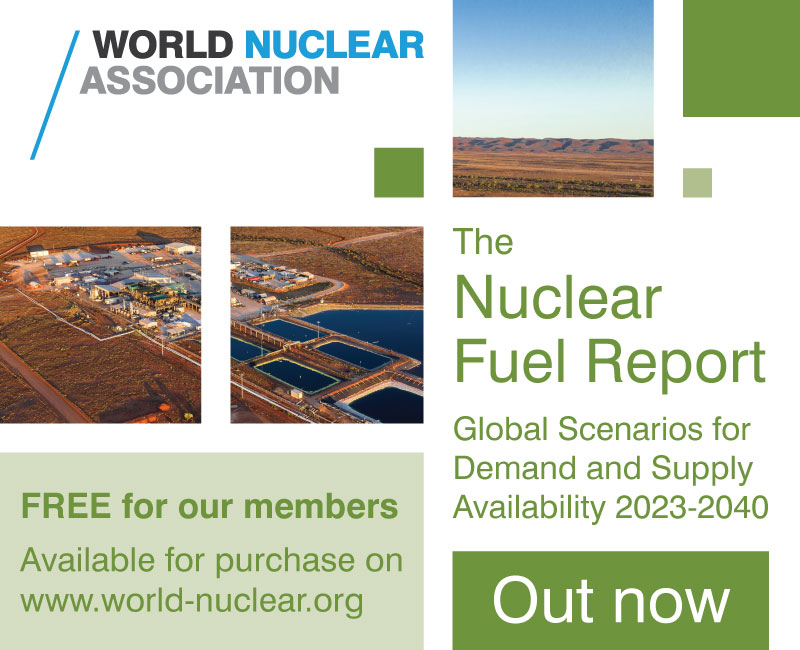Construction progress at Bangladesh plant
.jpg)
Rosatom today said the concrete slab structure, with 3813 tonnes of rebars and 24,285 cubic metres of concrete, was completed on 30 January following the completion the previous day of operations to stabilise the soil under the main and auxiliary buildings and structures of the Rooppur construction site. Over 1.2 million tonnes of cement was used to strengthen 4.5 million cubic metres of soil to meet design requirements for a load-carrying capacity.
Preparations have now begun at the site for the erection of the walls of the reactor building and auxiliary reactor compartment. The work has been carried out in cooperation with specialist European and Bangladeshi companies under the management of Rosatom subsidiary AtomStroyExport, and the construction works for the Rooppur nuclear power plant are on schedule, Rosatom said.
Bangladesh started construction of Rooppur 1 in November 2017, and construction of the second unit at the site, which is in Pabna district about 160 kilometres northwest of Dhaka, commenced in July 2018. The two VVER-1200 pressurised water reactors will have the capacity to generate 2400 megawatts of electricity.
Shawkat Akbar, project director of the nuclear power plant construction project and managing director of BAEC enterprise Nuclear Power Plant Company Bangladesh Limited, this week told participants at an International Atomic Energy Agency technical meeting that the project is "high" on the government's agenda.
"By 2040 we estimate that Bangladesh will need to generate about 78,000 megawatts of electricity in a high-demand scenario and about 69,000 in a low one, and nuclear power will play a significant role," Akbar said. "We are confident that the first unit will be commissioned in 2023 and the second in 2024."
Bangladesh, which has a population of 160 million, plans to produce 9% of its electricity from nuclear power and reduce its dependence on fossil fuels by the middle of the next decade.
_92619.jpg)
_84504.jpg)











